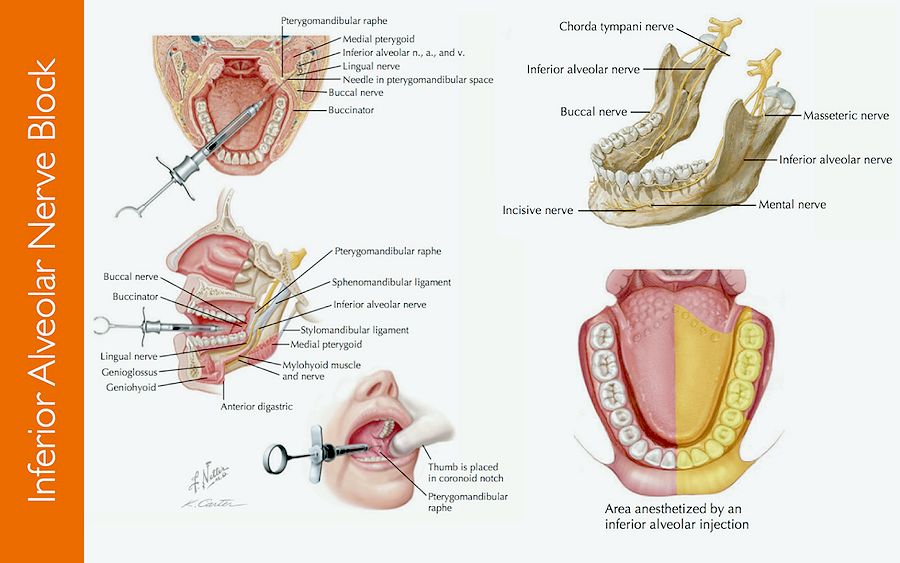
Navigating Anesthesia: Advanced Techniques
Anesthesia is a critical component of many medical procedures, ensuring patient comfort and safety. Advancements in anesthesia techniques have revolutionized the field, providing healthcare professionals with a range of options to tailor anesthesia to individual needs. Let’s explore the landscape of anesthesia techniques and their transformative impact on modern healthcare.
Evolution of Anesthesia Techniques
The evolution of anesthesia techniques has been marked by milestones, from the early use of ether and chloroform to the development of modern inhalation and intravenous anesthetics. Technological innovations and a deeper understanding of pharmacology have contributed to the refinement of anesthesia administration, enhancing both efficacy and safety.
Inhalation Anesthetics: Balancing Depth and Precision
Inhalation anesthetics remain a cornerstone of anesthesia techniques. These agents are administered through inhalation, allowing for precise control over the depth of anesthesia. Advancements in inhalation anesthetics include the use of sevoflurane and desflurane, which offer rapid onset and offset of anesthesia, minimizing recovery times for patients.
Intravenous Anesthesia: Swift and Targeted Effects
Intravenous (IV) anesthesia has gained prominence for its swift and targeted effects. Propofol and etomidate are examples of intravenous anesthetics that induce anesthesia rapidly. The ability to titrate IV anesthetics allows anesthesiologists to maintain a specific level of sedation, ensuring patient comfort during various medical procedures.
Regional Anesthesia: Precision and Limited Sensation
Regional anesthesia involves numbing a specific part of the body, providing both pain relief and preserving consciousness. Techniques like epidural and spinal anesthesia are commonly used for surgeries involving the lower abdomen, pelvis, or lower extremities. Regional anesthesia offers the advantage of targeted pain control with reduced systemic effects.
Peripheral Nerve Blocks: Localized Pain Management
Peripheral nerve blocks are a subset of regional anesthesia that involves injecting anesthetic agents near peripheral nerves. This technique is particularly useful for extremity surgeries, providing localized pain management while allowing patients to remain awake and aware during the procedure. Peripheral nerve blocks contribute to enhanced postoperative pain control.
Monitored Anesthesia Care (MAC): Tailored Sedation
Monitored Anesthesia Care (MAC) involves providing sedation while continuously monitoring vital signs. This technique is commonly used for less invasive procedures, allowing patients to be in a state of conscious sedation. MAC offers the advantage of tailoring sedation levels based on the procedure’s complexity and the patient’s comfort.
Total Intravenous Anesthesia (TIVA): Precise Control
Total Intravenous Anesthesia (TIVA) involves administering all anesthetic agents intravenously without the use of inhaled agents. TIVA provides precise control over anesthesia depth and is often preferred for certain surgeries, including those requiring controlled hypotension. The avoidance of inhalation agents may be beneficial for patients with specific respiratory considerations.
Ultrasound-Guided Anesthesia: Enhanced Precision
Advancements in technology have introduced ultrasound-guided anesthesia, enhancing precision in nerve blocks and other regional anesthesia procedures. Ultrasound allows real-time visualization of anatomical structures, enabling anesthesiologists to target nerves more accurately and reduce the risk of complications.
Enhanced Recovery After Surgery (ERAS): Integrating Anesthesia Techniques
Anesthesia techniques play a vital role in the Enhanced Recovery After Surgery (ERAS) approach. ERAS focuses on optimizing preoperative, intraoperative, and postoperative care to accelerate recovery. Tailored anesthesia techniques, including minimally invasive approaches, contribute to reduced postoperative pain and faster recovery times.
Individualized Anesthesia Plans: Patient-Centric Care
The era of individualized medicine extends to anesthesia, with an emphasis on patient-centric care. Anesthesia professionals collaborate with patients, considering their medical history, preferences, and specific procedure requirements to create personalized anesthesia plans. This approach enhances safety, comfort, and overall patient satisfaction.
Accessing Information on Anesthesia Techniques
For those seeking information on anesthesia techniques, Anesthesia Techniques serves as a valuable resource. Explore the diverse landscape of anesthesia options, from traditional methods to cutting-edge technologies, and discover how advancements in anesthesia contribute to safer and more efficient medical procedures.
Conclusion: Advancing Anesthesia for Safer Healthcare
In conclusion, the landscape of anesthesia techniques is continually advancing, contributing to safer and more patient-centered healthcare. From inhalation and intravenous methods to regional anesthesia and cutting-edge technologies, anesthesia professionals have a diverse toolkit to ensure optimal patient outcomes. Navigating anesthesia’s evolution showcases a commitment to enhancing patient safety, comfort, and overall healthcare efficiency.
